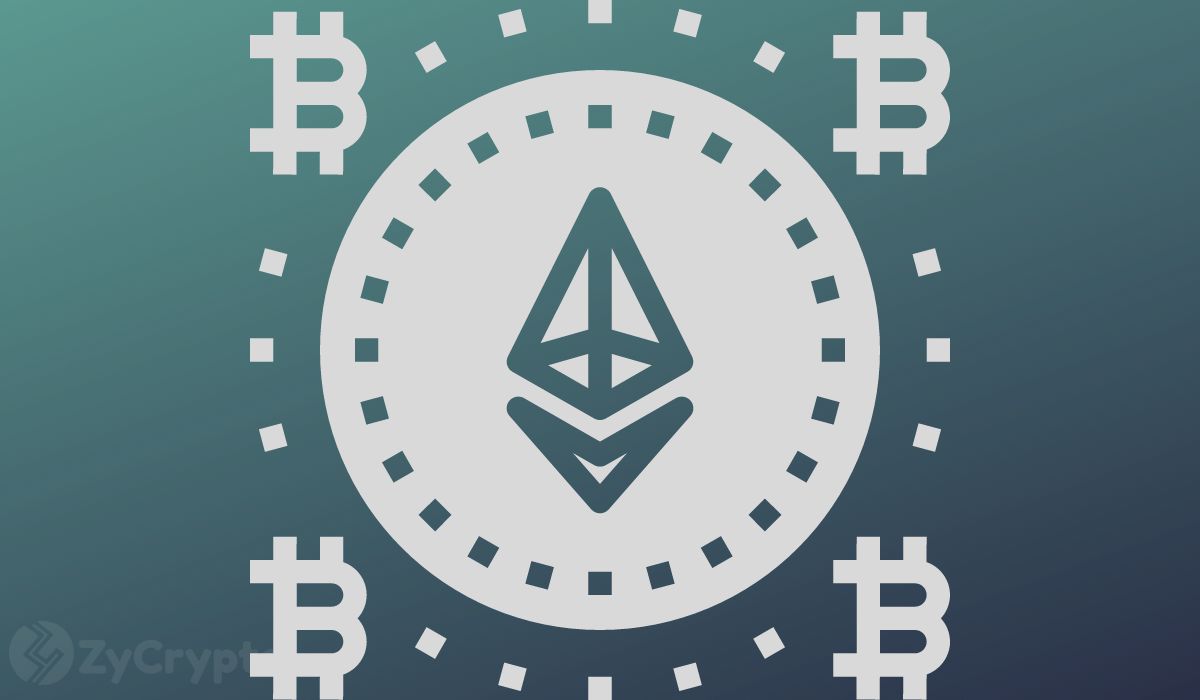
The challenge faced by CTOs is not coming up with something brand new, but rather figuring out how to get the most out of their available budget when building blockchain projects in India. Every new node, smart contract and decentralised application adds to the pressure on the network’s bandwidth, causes the cost of replication and increases the need for storage space. Well-known platforms can be so efficient, though, that they can still be made to scale and won’t empty out the company’s wallet.
The Budget vs Performance Dilemma
Scaling blockchain systems in India often feels like walking a financial tightrope. The more your user base or transaction volume grows, the more your storage, network bandwidth, and compute costs rise, often faster than your revenue.
CTOs today face:
- Surging data volume from increasing ledger transactions
- Storage inflation due to replicated nodes and historical data
- Bandwidth utilization spikes from decentralized apps and token transfers
- Rising cost-to-performance ratios as performance demands grow
While traditional setups lock you into fixed resources, a blockchain cloud service allows on-demand scalability, perfect for handling unpredictable spikes, whether caused by a token economy boom or new app deployment. These blockchain services provide elasticity that fixed-resource hosting simply can’t, ensuring better performance without constant infrastructure overhauls.
Choosing the Right Blockchain Infrastructure Provider
Selecting the right blockchain infrastructure provider in India is the foundation of sustainable scaling. Look for:
- Flexible resource allocation – scale compute and storage up or down effortlessly
- Tiered pricing models – pay only for what you use
- Local data centers – reduce network latency and comply with data regulations
An ideal provider supports workload resilience and offers tools for maintaining a robust distributed ledger technology environment. For decentralized app deployments, this flexibility can make all the difference between smooth scaling and expensive downtime.
Cloud Hosting vs Traditional Setup in Blockchain Projects
Traditional on-prem setups often seem cheaper initially, until you hit scale. Servers get overloaded or underused, maintenance costs climb, and you’re left managing inefficiencies. By contrast, blockchain cloud hosting offers elastic scalability, faster provisioning, and cost transparency. It’s designed for unpredictable blockchain workloads, allowing CTOs to respond dynamically to traffic spikes.
A recent survey of blockchain-cloud integration shows that employing cloud-based, pay-per-use infrastructure supports on-demand scaling of storage, compute and network resources, which aligns with blockchain workloads exhibiting uneven transaction bursts, high replication and rapid state growth. This indicates that cloud-hosted blockchain networks can mitigate the budgeting risk of fixed-resource on-premises infrastructure – particularly in India where transaction volumes may grow unpredictably
Using Infrastructure-as-Code (IaC) simplifies deployment and ensures consistency across environments, a must for distributed systems. Combine that with dynamic resource allocation and edge computing, and your blockchain network becomes not just scalable, but agile.
Smart Design Choices: How to Keep Costs Down
The consensus mechanism selected for a blockchain network has a material impact on compute and energy cost, transactional throughput and scalability. For example, while legacy Proof-of-Work (PoW) systems require intensive compute and energy overheads, alternative mechanisms such as Proof-of-Stake (PoS), Practical Byzantine Fault Tolerance (PBFT) and Proof of Authority (PoA) can deliver far higher efficiency in enterprise or permissioned workflows. In this environment, building a lean blockchain system isn’t about cutting corners, it’s about making smart design decisions.
- Modular architecture: Allows easy updates and parallel improvements without system-wide disruptions.
- Virtual machine tuning: Ensures nodes perform optimally without wasting compute cycles.
- Network topology design: Reduces latency and enhances throughput by optimizing how nodes communicate.
- Data sharding: Prevents over-storage by segmenting ledgers efficiently.
The right blockchain solutions provider India can help implement these techniques using best practices that prevent costly redesigns. For startups, this modular and scalable design ensures that every rupee spent contributes to performance and sustainability.
Real-World Advice for CTOs
Scaling smartly is more about strategy than spending. Here are a few quick wins:
- Plan for peak loads, not averages, anticipate growth to avoid bottlenecks.
- Test decentralized apps under real-world stress, simulate traffic and transaction surges.
- Opt for pay-as-you-go pricing models, ideal for blockchain startups balancing cash flow.
- Host closer to your user base, improves response time and lowers latency.
- Ensure interoperability and efficient consensus mechanisms, this reduces redundant processing.
These practices strengthen your network’s interoperability, boost consensus mechanism efficiency, and prepare your infrastructure for long-term growth.
Conclusion
Scaling blockchain in India doesn’t have to mean burning through your budget. With smart design, adaptive cloud hosting, and the right partner, CTOs can build fast, secure, and cost-efficient systems.





















 24h Most Popular
24h Most Popular





 Utilities
Utilities